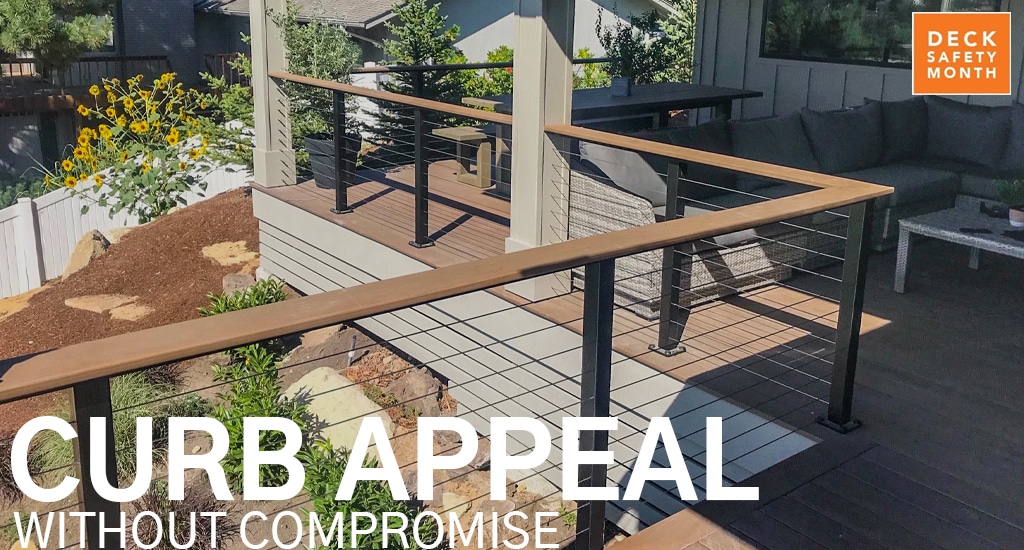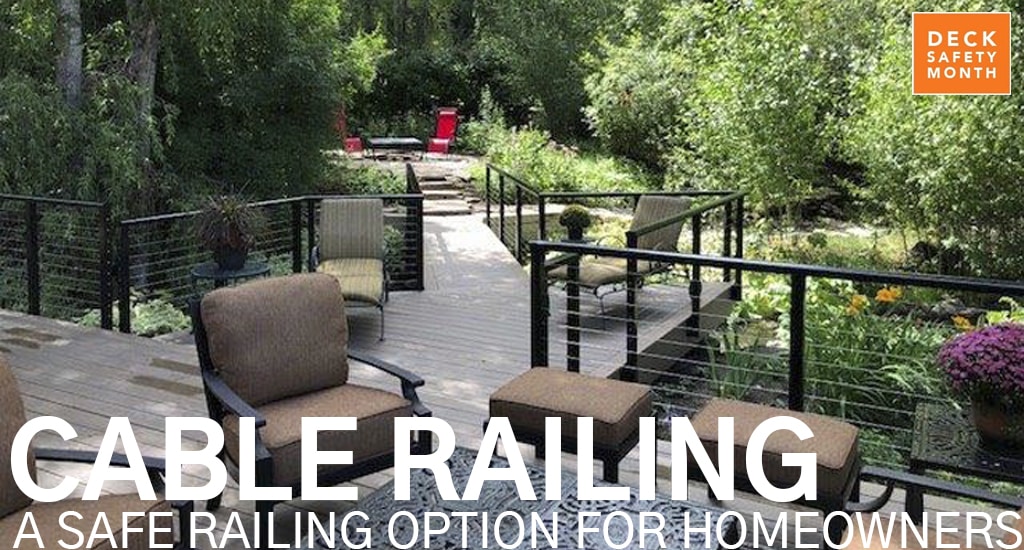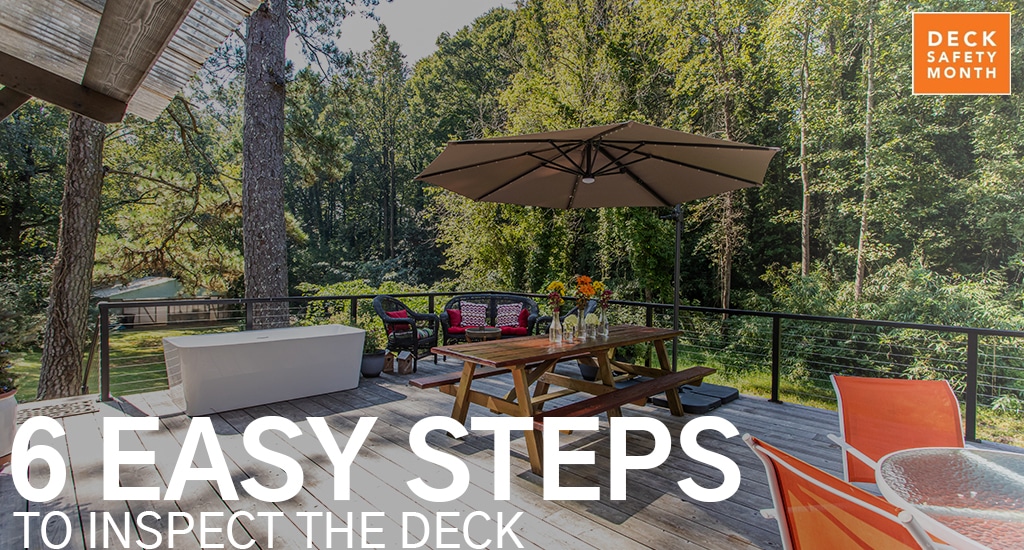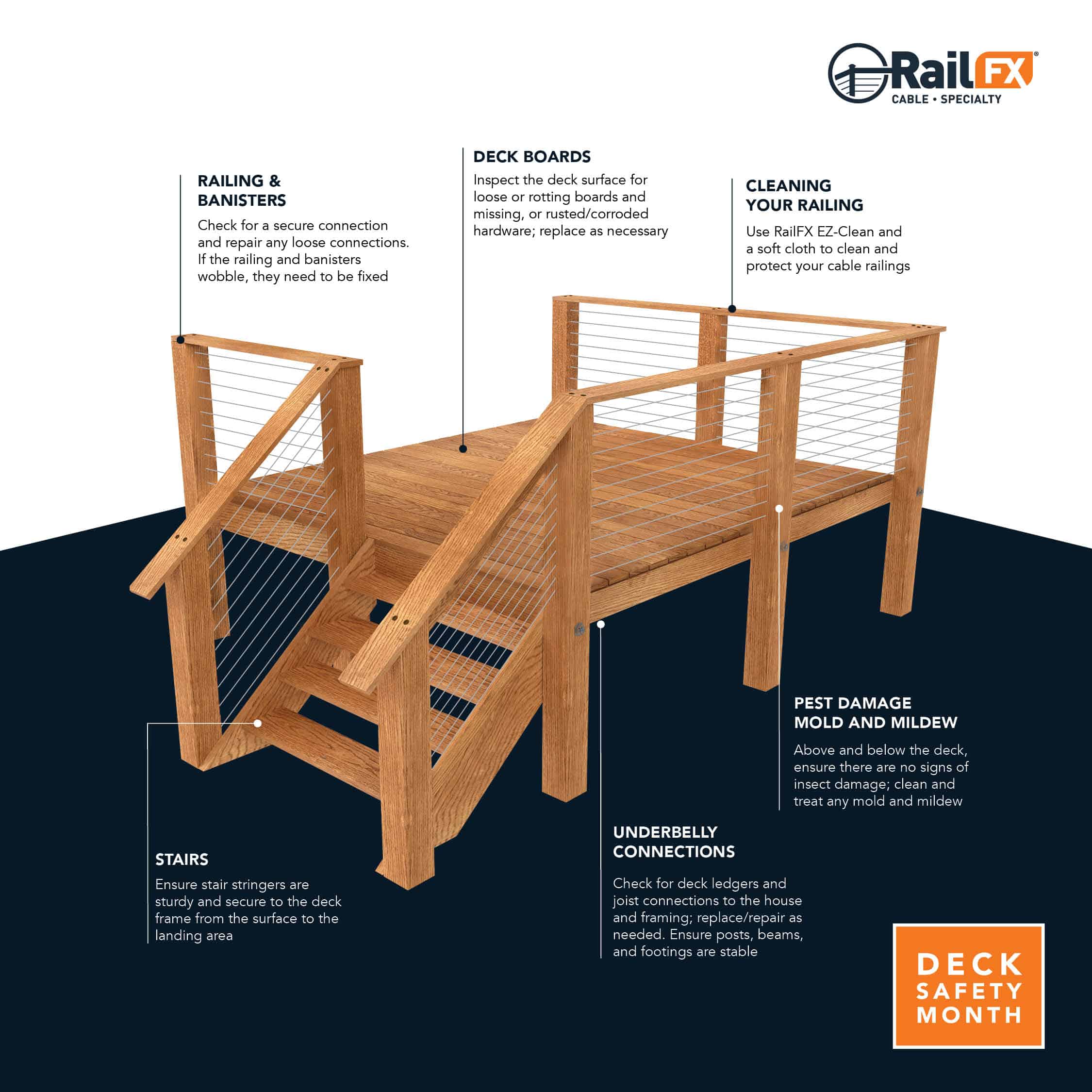According to The American Institute of Architects (AIA) 2021 Home Design Trends Survey the popularity of outdoor living spaces – such as decks and patios – has continued to dominate as a preference for homeowners by nearly 75 percent. This is an increase by more than 20 percent from the prior year. Likewise, blending indoor and outdoor spaces is important to more than half of homeowners surveyed. Identifying ways to make these sought-after spaces both beautiful and safe – ideal for socializing – is a top priority.
Check out these three tips for creating a picturesque outdoor living area that shows your guests you’ve thought of everything, including their safety. Get curb appeal without compromise.
Tip #1 Ambient Lighting
Today’s outdoor living areas are multifunctional, complete with zones for cooking, dining and lounging. The right lighting can create an atmosphere, draw attention to your landscape and elevate the aesthetic of your space. What’s more, well-positioned outdoor lights can also ensure your safety and security. Stair and pathway lighting can help to prevent tripping and falling, while recessed or deck post lights create warm ambient lighting that will allow your guests to easily see the whole deck space. For added security, don’t forget to include lighting that is triggered by a timer or motion sensor for extra protection from trespassers. Check out these ideas from Bob Vila.
Tip #2 Boost your view
Whether the view from your deck is a coastline or skyline, or simply your own backyard, cable railing will allow you to put it on display. Get inspired by the design flexibility you can enjoy by choosing RailFX cable railing for your deck. Whether you prefer a classic architectural style or lean more towards the modern look, cable railing complements a broad range of design preferences and will allow you to successfully mix materials, textures and colors to create the custom-built outdoor living oasis you have always dreamed of. We offer beauty and so much more. Rest assured, you can have confidence in the strength and durability of the RailFX aluminum cable railing system. Check out this article on why cable railing is a safe railing option for homeowners.
Tip #3 Guard against the elements
Deck and outdoor living season can be synonymous with sun and summer. While come can’t get enough Vitamin D, others search for a shady spot to bring relief from the heat. When designing a deck, it is important to plan ahead and create zones that deliver both fun-in-the-sun and opportunities to shield against the sun’s harsh effects and intense heat. From awnings and umbrellas to a trellis or roof, Fine Homebuilding shares great ideas for controlling the sun without sacrificing style. Check it out.
Bonus Tip!
Chances are, when choosing materials for your outdoor living space, you can be counted among the 60 percent of homeowners in the AIA survey who cast their vote in favor of low maintenance materials for their home exterior. After all, who wouldn’t prefer spending time enjoying their deck or patio, rather than maintaining it? Get curb appeal without compromise. At RailFX, our aluminum cable railing system not only elevates the look of your home exterior, checks the safety boxes, it is also low maintenance. Simply complete a routine cable tensioning inspection and general cleaning once every 12 months; then, spend the rest of the season reaping the benefits of your smart choice in deck cable railing.
We’re here to help answer your questions about choosing the right RailFX cable railing option for your deck or porch. Contact us to get more information.





